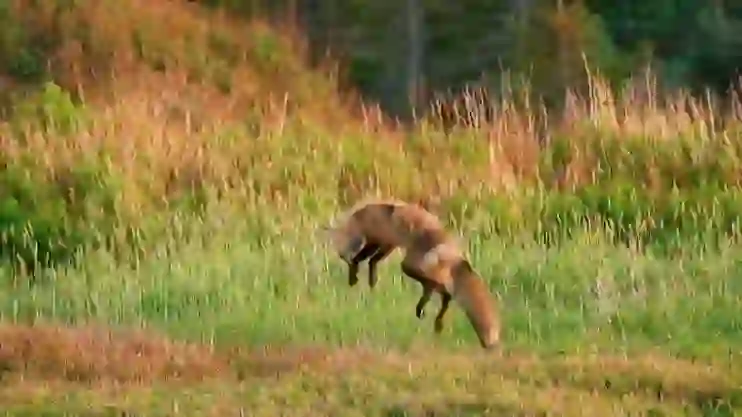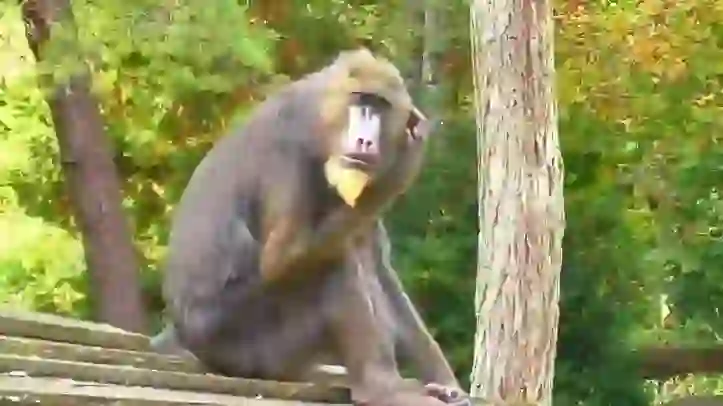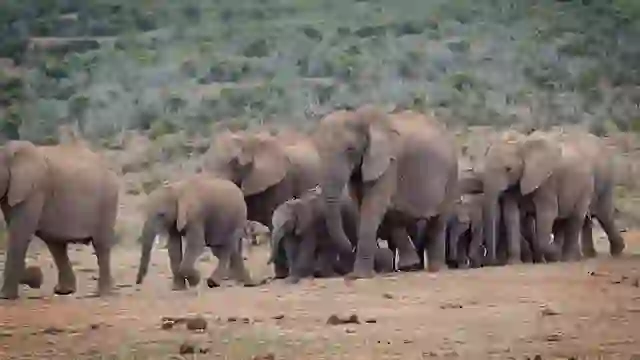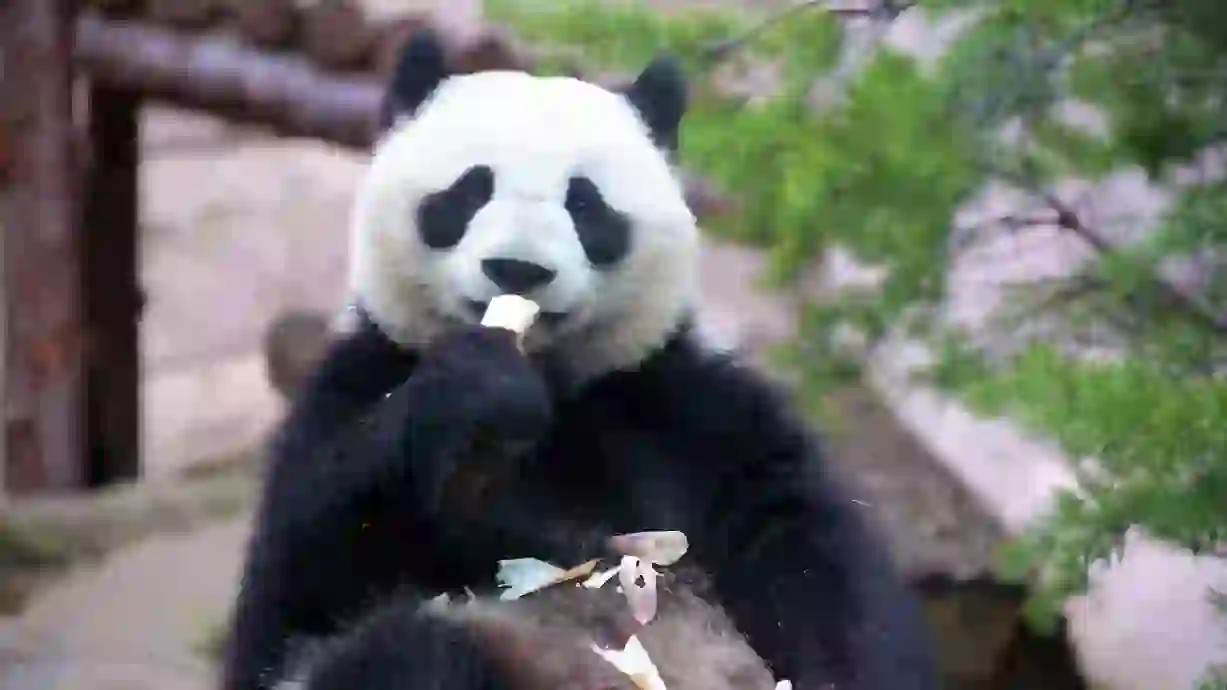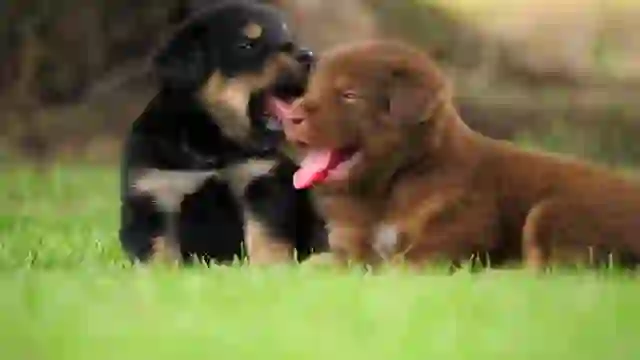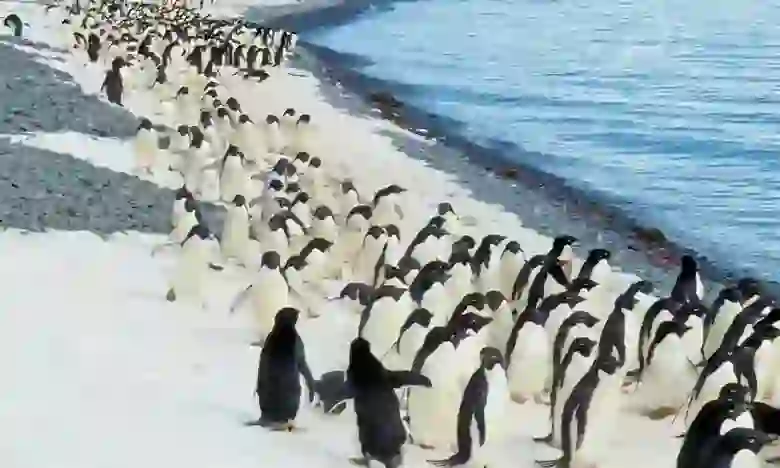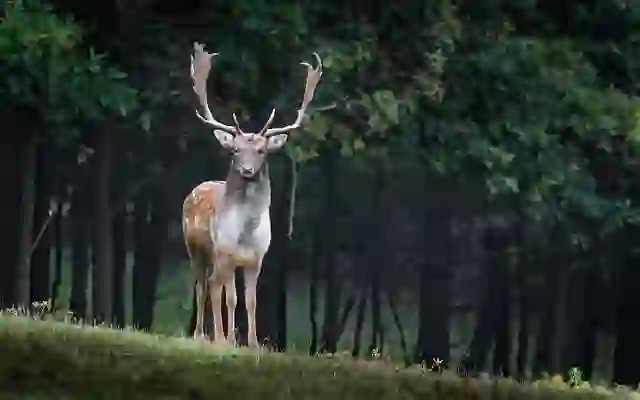
Eurasian Wolf
Eurasian Wolf
Eurasian Wolf
The Eurasian wolf, a dominant presence across the vast landscapes of Europe and Asia. They are the most widespread wolf subspecies, thriving in a variety of environments. Let's explore the ecology of the Eurasian wolf, the environment they inhabit, and their complex relationship with humans.
Eurasian Wolf Basic Infomation

| Property | Value |
|---|---|
| Scientific Name | Canis lupus lupus |
| Taxonomic Status | ACCEPTED |
| Rank | SUBSPECIES |
| Kingdom | Animalia |
| Phylum | Chordata |
| Class | Mammalia |
| Order | Carnivora |
| Family | Canidae |
| Genus | Canis |
| Conservation Status | Least Concern |
| Species | Canis lupus |
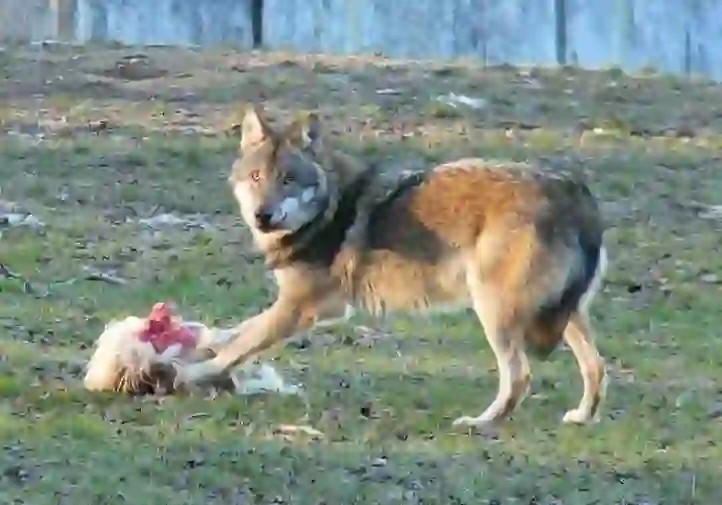
Size
Adults stand about 26 to 32 inches (65 to 80 centimeters) tall at the shoulder and weigh about 66 to 110 pounds (30 to 50 kilograms). Males tend to be larger than females.
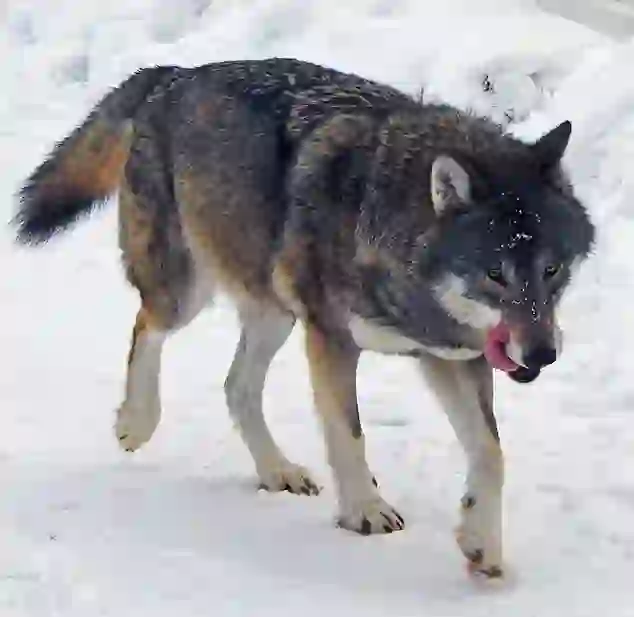
Lifespan
They live for 6 to 8 years in the wild but can live for over 10 years in captivity.
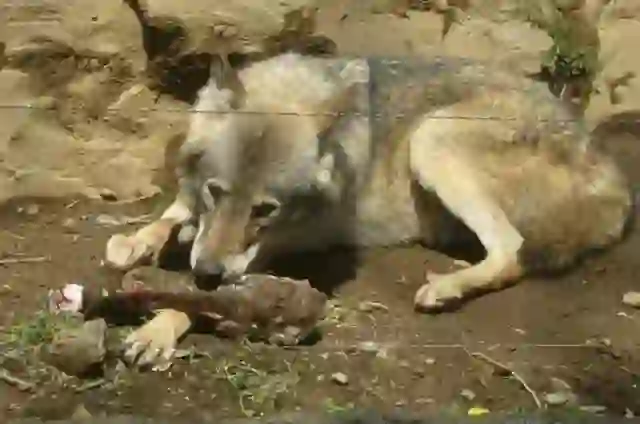
Distribution
They are found across a vast range from Europe to Asia. In Europe, they can be seen in countries like Spain, France, Germany, Poland, Romania, and Russia. In Asia, they are found in China, Mongolia, India, and parts of the Middle East. They are adaptable to a variety of environments, including forests, grasslands, mountains, and cold regions.
Eurasian Wolf Q&A

What kind of wolf is the Eurasian wolf?
The Eurasian wolf, also known as the common wolf, is the most widespread subspecies of wolf in the world. They come in a variety of coat colors, from grayish brown to black.
Their coat color can change depending on the season and their habitat. For example, their fur becomes thicker, longer, and paler in color during the winter. This helps them blend in with snowy environments. Eurasian wolves are highly social animals that live and hunt cooperatively in packs. They are also known for their intelligence and complex communication methods. They use howls, body language, and facial expressions to communicate with each other.

What do Eurasian wolves eat?
Eurasian wolves are carnivores, and their diet consists mainly of large mammals such as deer, wild boar, red deer, roe deer, and wild goats.
They also eat rabbits, rodents, and occasionally fruits and plants. They hunt in packs, allowing them to take down prey much larger than themselves.

What kind of lives do they lead?
Eurasian wolves live in packs, typically consisting of family units. The pack size is usually 5 to 10 individuals, but it can sometimes exceed 20.
The pack has an alpha male and female, who are the leaders and the primary breeding pair. Other pack members include the alpha pair's offspring, siblings, and individuals that have joined from other packs. Pack members cooperate with each other to hunt, raise their young, and defend their territory.

[Quiz!] How far can a Eurasian wolf's howl travel?
Under favorable conditions, a Eurasian wolf's howl can be heard up to... 10 miles (16 kilometers) away!
They howl to communicate with each other, claim territory, and locate prey. Their howls echo throughout the vast natural landscapes.

[Quiz!] Are Eurasian wolves dangerous to humans?
Eurasian wolves generally fear humans and rarely attack them.
However, there have been reported cases of attacks on humans in the past. Wolves infected with rabies or those facing food shortages are more likely to attack humans. They may also attack if humans approach them too closely or provoke them. If you encounter a wolf, do not approach or provoke it, and quietly leave the area.

[Quiz!] Are Eurasian wolves endangered?
The Eurasian wolf is listed as 'Least Concern' on the IUCN (International Union for Conservation of Nature) Red List.
This means that they are not currently considered endangered. However, their population is declining in some areas due to habitat destruction, poaching, and human-wildlife conflict. To protect Eurasian wolves, it is crucial to conserve their habitat, prevent poaching, and promote coexistence with humans.
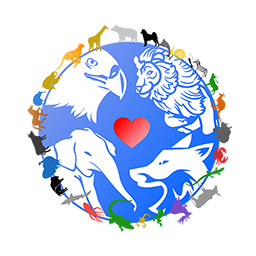
Would you like to become a part of the 'Animalbook.jp'?
Turn your knowledge into Q&A and share it with the world. ※Publication will be activated after purchase. Let's share information together!
Eurasian Wolf Type of List

Efforts to Protect Eurasian Wolves
- Habitat conservation
- Strengthening anti-poaching patrols
- Preventing human-wildlife conflict
- Awareness campaigns
Information
Congratulations! You are the first commenter!

Create Your Favorite List!
Eurasian Wolf
Save the animals you love! Build your own list to quickly revisit your favorites later.

Would you like to leave a comment?
※Please note: This is for the purchase of rights to post comments within the article.
Find Your Favorites!
Our shop offers a unique and attractive selection of goods themed around various animals.
Eurasian Wolf References
Eurasian Wolf Introduction of media used

Presse03, CC BY-SA 3.0, via Wikimedia Commons

Wolf_Kolmården.jpg: Daniel Mott from Stockholm, Swedenderivative work: Mariomassone, CC BY-SA 2.0, via Wikimedia Commons

Katuuya, CC BY-SA 3.0, via Wikimedia Commons

Help Enrich Our Animalbook.jp with Your Media!
We are constantly looking to expand and enrich our Animalbook.jp with amazing photos and videos of animals. If you have any media that you'd like to share, please contribute and help us showcase the beauty and diversity of the animal kingdom. Your submissions will be credited and featured in our encyclopedia, reaching a wide audience of animal lovers.



